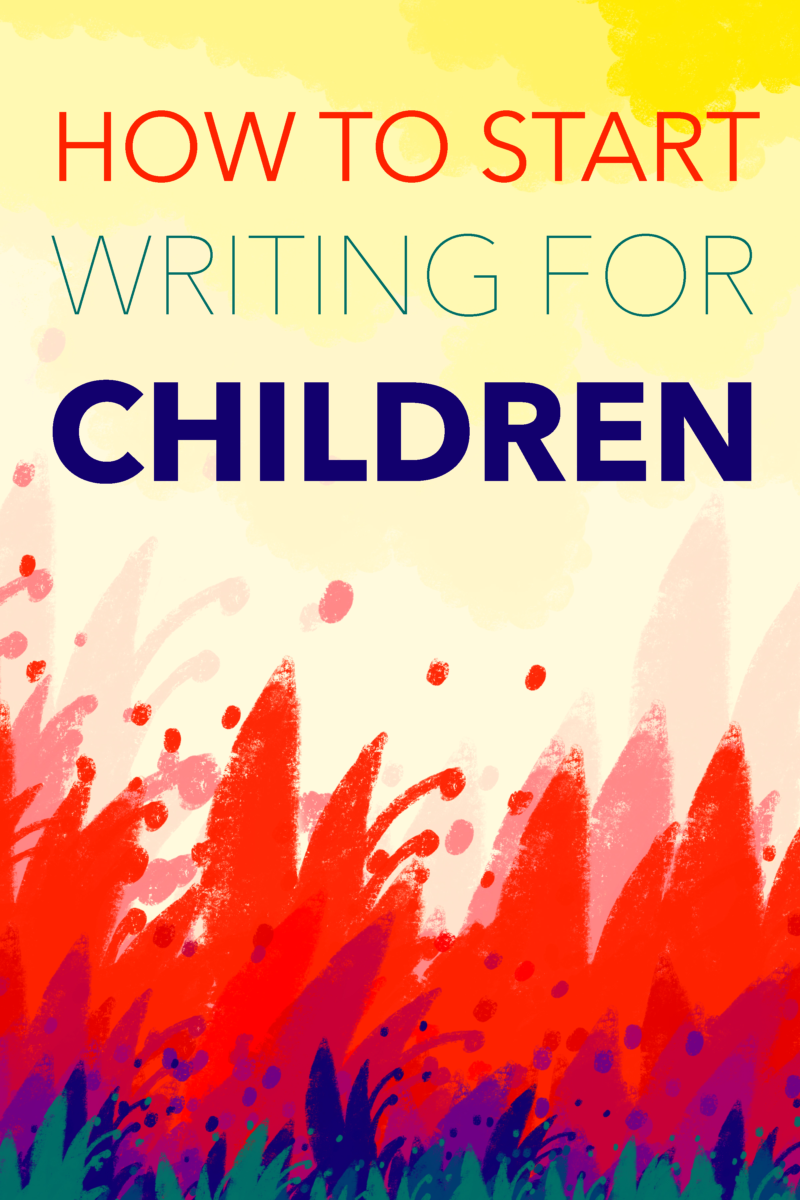Hi there, future author! Have you always wanted to find out how to start writing for children? It’s truly a cathartic process at any age and for any lifestyle.
The best part about writing for kids is that you can do it anywhere and at any time. You already have wonderful ideas, and you obviously really love kids. If you didn’t, you wouldn’t want to be in this highly competitive industry to torture yourself.
But where to start?
I would like to layout some materials that helped me to educate myself about the industry. Admittedly, as the type of person to jump in head first, I often belly flop. I hope that what I am about to share will help you avoid that, and make you a more polished and informed new author.
Advice 1: Read Children’s Books
If you are a parent embarking on the writing journey for the first time, this is probably the easiest step. No doubt you own hundreds of books, and have been reading with your child since en-utero.
That said, when you’re considering writing more seriously, you really need to understand book categories, age categories, formatting, illustration, vocabulary and word limits etc. As I was getting my feet wet, I focused on one or two types of books that I thought resonated the most with me and my style.
Advice 2: Read About the Market
In order to understand how to become a published book author, it’s really important to appreciate the size and scope of the entire market. Children’s book publishing is incredibly competitive, and there is so much dynamic information out there.
The best place to learn about the basics of the market (and to get even more inspired!) is to pick up a copy of the Children’s Writer’s & Illustrator’s Market 2018. This book does a tremendous service to aspiring new authors by providing invaluable insight, interesting interviews and plenty of opportunities to start at the appropriate pace.
Advice 3: Read About Writing
Some folks have a strong literary background. But a passionate author is not required to have a background in writing. Anyone with the passion to write their heart and soul for children is a valid candidate for publication. However, it doesn’t mean that every manuscript is gold.
The best policy, especially for those with limited writing experience and credentials, is to seek some structured reading in the specific area of the market. Here are a few books that really helped me to get started:
Children’s Writer’s Word Book is a comprehensive guide to the specific language used in the main categories of children’s books. The book also offers a lot of insight into what teachers and librarians look for in terms of language and context. I highly recommend this book.
How To Write a Children’s Book, from the Institute of Children’s Literature, is another must-read for all beginners.
For author-illustrators, Illustrating Children’s Books, is a good primer in the field (particularly if one is a hobby illustrator, rather than a professional).
Advice 4: Take the Plunge
The final step in testing the waters can have a different meaning for different people. For some, this means to share one’s work with friends and family. For others, this means sending a manuscript to an agent or publisher. There is no right or wrong answer.
I hope to address more of this exciting process in future posts.

